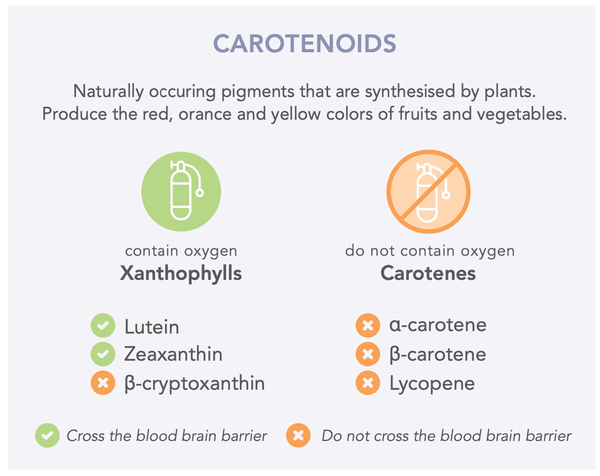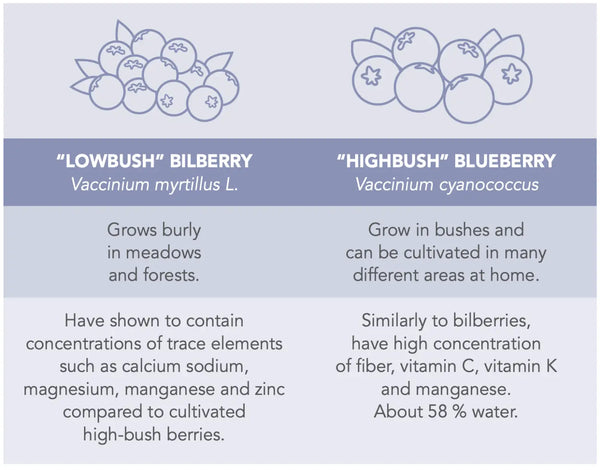“Brain food” is a non-scientific term that refers to everyday foods that have scientifically been shown to improve brain function when they are frequently consumed. Some people call these “smart foods” or even “genius foods.”
Generally, brain foods are high in the following nutrients:
- Antioxidants – fight against oxidative stress and free radicals in the brain.
-
Polyphenols – beneficial plant compounds with antioxidative abilities.
- Flavonoids (e.g., flavan-3-ols, flavones, flavanone and flavonols)
- Phenolic acids (e.g., rich in seeds and skin of the fruits)
- Polyphenolic amides (e.g., capsaicinoids in chili peppers and avenanthramides in oats)
- Isoflavones, neoflavonoids and chalcones (e.g., genistein and daidzein in soy and chalcones in the apple)
- Anthocyanidins (i.e., the red, blue and purple pigments in blueberries, grapes and beets)
- Non-flavonoid polyphenols (e.g., resveratrol in grape peels and curcumin in turmeric)
- Flavonoids (e.g., flavan-3-ols, flavones, flavanone and flavonols)
- Unsaturated fats (such as omega-3 fatty acids in seafood and fish and oleic acid in extra virgin olive oil)
- Amino acids
Here is the list of Top 5 Brain Foods and their unique effects on the brain
1. Eggs
As is the case for most containers of a new life, an egg is close to a perfect food. Eggs are rich in protein, vitamins, minerals and other beneficial nutrients (including phospholipids, lutein, zeaxanthin and choline). Eggs also contain one essential nutrient, choline, which helps cells to detoxify from harmful toxins and thus protect from fatty liver disease.
- Choline is a building block for the neurotransmitter acetylcholine, which is essential for fluent thinking, memory and learning.
- Choline participates in building myelin sheath around the brain cells. Myelin protects the nerve cells from damage and allows signals in the brain to travel fast and efficiently (which means faster thinking, faster movement, better memory and better executive functions).

2. Dark, leafy greens & wild greens
Dark, leafy greens are an integral part of a diet that supports optimal brain function and overall health. Usually, the darker the color the more vitamins, minerals, phytonutrients and antioxidants the leafy green contains. The most nutrient-dense leafy greens are watercress, kale, collard greens, spinach, swiss chard, dark lettuce, cabbage, arugula, turnip greens and herbs. Also, broccoli and broccoli sprouts, as well as other sprouts and microgreens, are high in various vital nutrients essential for brain health.
- A study published in Neurology in 2018 found that eating at least one serving (half a cup cooked or one cup raw) of leafy green vegetables every day was associated with a slower decline in brain function.
- A large meta-analysis from 2017 confirmed that consuming vegetables, such as green leafy vegetables, protects from cognitive impairment and dementia.
3. Dark and raw chocolate
The original name of the cacao plant is Theobroma cacao, where Theobroma (from Latin) means the food of the Gods. The word cacao is derived from an Aztecan word cacahuatl meaning the bean of the cocoa tree. Thus, the full name Theobroma cacao leads to a powerful statement: cacao is the food of the gods. The high valuation and reputation come from its special ingredients that are known to have aphrodisiac properties (e.g., methylxanthine, theobromine, phenylethylamine and anandamide).
- Cacao is high in bioactive flavonoids (such as flavanol) that are found in foods such as tea, red grapes and berries. Flavonoids are linked to various health benefits through their high antioxidant capacity and beneficial effect on cell signaling in the brain, which can improve thinking speed, memory, and cognitive function and protect the brain from inflammation and dementia.
- Cacao contains methylxanthines such as theobromine and caffeine, which are stimulants and can boost alertness, reaction times and psychomotor functions, especially in a tired state or after sleep deprivation.
4. Polyunsaturated omega-3 fatty acids (omega-3 PUFAs)
Fish and other seafood contain polyunsaturated long-chain omega-3 fatty acids (PUFAs). The most important of these fatty acids are eicosapentaenoic acid (EPA) and docosahexaenoic acid (DHA). Compared to other organs in the human body, the highest DHA contents are found in the eye (60 %) and the brain (40 %). In the eye, DHA is found in the retina which it contributes to the vision. In the brain, DHA is mainly found in the grey matter, where it has an important role in cell signaling (e.g., speed of thinking, neuroprotection and memory). Remarkably, nearly half of the nerve cell membrane weight is DHA.
- The intake of long-chain omega-3 fatty acids improves mood, increases attentiveness, and generally improves cognitive functions.
- Higher intake of omega-3s (EPA & DHA) is also linked to improved memory, executive functioning and motivation.

5. Blueberries & Bilberries
The wide range of bioactive plant compounds found in blueberries and bilberries have antioxidant, anti-inflammatory, anticancer and antimicrobial properties. In the brain, they seem to protect neurons from aging and improve cell signaling and cognition. The compounds include flavonols, tannins, ellagitannins and phenolic compounds, and most importantly, the berries have a high amount of anthocyanins, which give them their dark blue (almost black) color. Currently, blueberry extracts, juices and powders are also popular ways of consuming blueberries.
- The beneficial flavonoids and polyphenols from berries can accumulate in the brain following long-term consumption. Thus, consuming blueberries and bilberries frequently is particularly beneficial for cognition.
- Anthocyanin, a powerful antioxidant in the berries (which gives them their blue color), can cross the blood-brain barrier and directly affect brain areas important for learning and memory (e.g., the hippocampus, striatum, and cortex)
///





